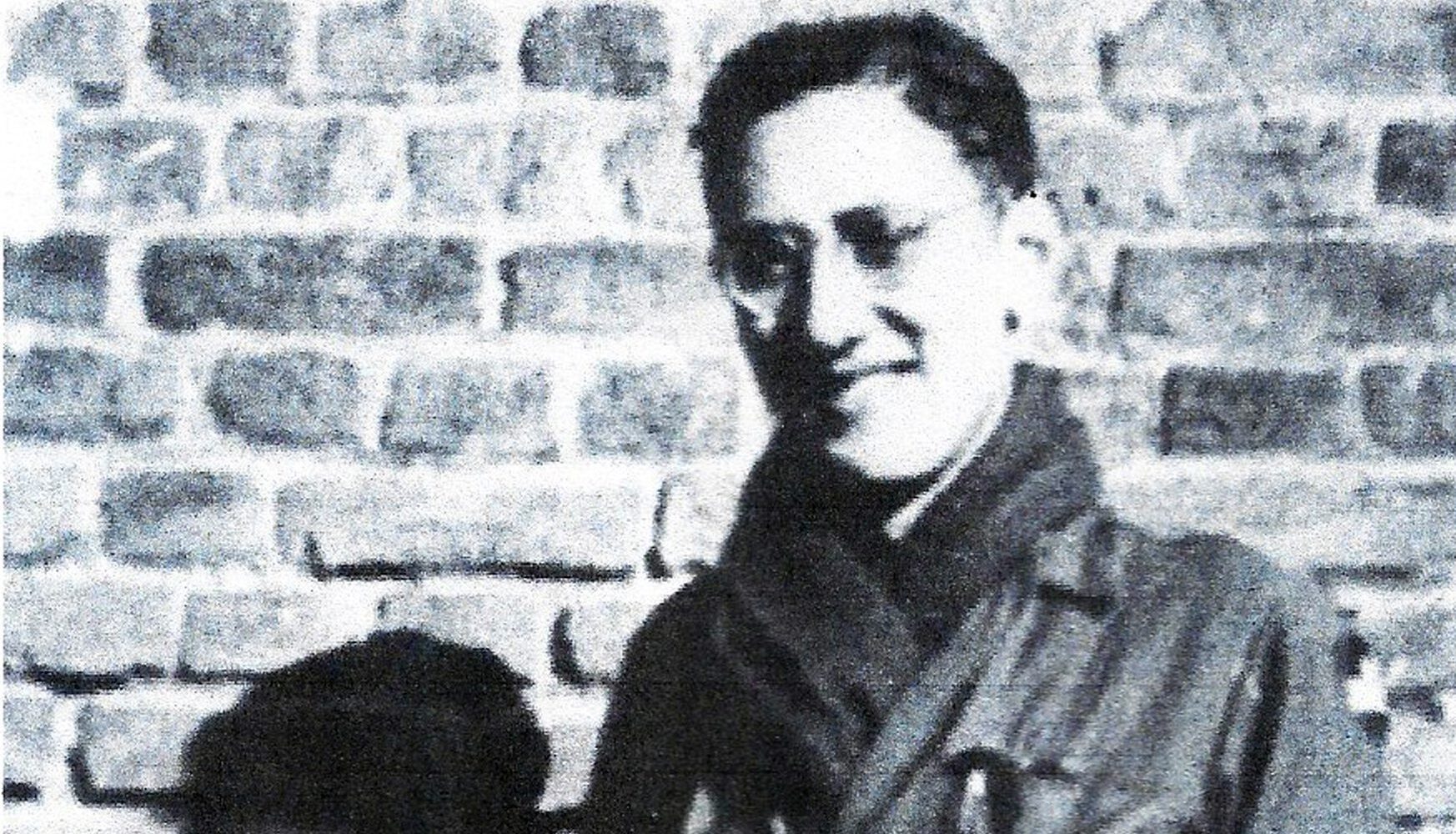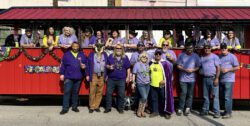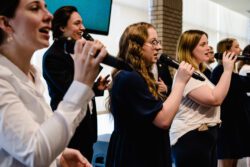Submitted by Historian, Michael Wynne, (Published first from "Our Heritage" column, Cenla Focus, 2020)
Dr. Henry Kissinger (born in 1923), former U. S. Secretary of State under Presidents Nixon and Ford, lived in Central Louisiana during the Louisiana Maneuvers. One of the most interesting men of the 20th century, Kissinger’s career as an international diplomat started in a small way just outside of Alexandria.
A Jewish refugee who fled Nazi Germany with his family in 1938, he became National Security Advisor in 1969 and U.S. Secretary of State in 1973. For his actions negotiating a ceasefire in Vietnam , Kissinger received the 1973 Nobel Peace Prize under controversial circumstances, with two members of the committee resigning in protest. Kissinger remains a controversial and polarizing figure in American politics, both condemned as an alleged war criminal by some journalists, political activists, and human rights lawyers, as well as venerated as a highly effective U.S. Secretary of State by many prominent international relations scholars.
According to Walter Isaacson’s 1992 definitive biography, Kissinger, A Biography, Kissinger was drafted to the U. S. Army in June of 1942 at age 19, but he didn’t leave for Camp Croft, located in Spartanburg, South Carolina, until February of 1943. After completing basic training (“boot camp”), he was selected for the Army Specialized Training Program and was sent to Lafayette College in Easton, Pennsylvania. This program was cancelled in April of 1944, but Kissinger had risen to the rank of Second Lieutenant. Kissinger was sent to Camp Claiborne outside of Alexandria along with 2,800 other so-called “intellectuals” to what was called “that swamp” by Kissinger’s later wife. He traveled on a single train with 1,800 soldiers from Pennsylvania to Louisiana in late April of 1944 to join the 17,000 soldiers of the 84th Infantry Division.
During the searing summer of 1944, Kissinger was subjected to an arduous series of training exercises. Kissinger would telephone home collect to his mother complaining saying, “Mother, I want to walk out on my hands and crawl home.”
At Camp Claiborne, he served as the company Education Officer. Once a week, instead of target practice for him, a hundred or so of his fellow infantrymen would gather before him for an informal briefing on the war and world events. Kissinger always carried Time Magazine and a couple of newspapers in his knapsack on hikes to stay current on events. According to one of Kissinger’s friends, “Henry was always the best lecturer. He never talked about his childhood in Germany, but it was clear he knew all about the Nazis.” These educational briefings at Camp Beauregard would contribute to his leadership skills one day as the U. S. Secretary of State.
By September of 1944, the 84th Infantry Division of which Kissinger was a member, got its orders to move to Europe to be part of the pursuit phase after D-Day.
What Kissinger learned and experienced at Camp Claiborne and in Central Louisiana would later help direct the course of his life and what he did in international diplomacy. There is no doubt that Kissinger, like so many other soldiers from the camps around Rapides Parish, walked the streets of Alexandria for entertainment and good food while on leave on weekends. Maybe the future Secretary of State bought his magazines and newspapers to teach the young soldiers from the newsstands in downtown Alexandria. And the rest is history.
Private Henry Kissinger was assigned to Company G 335th Infantry Regiment of the 84th Infantry Division at Camp Claiborne, LA.

























